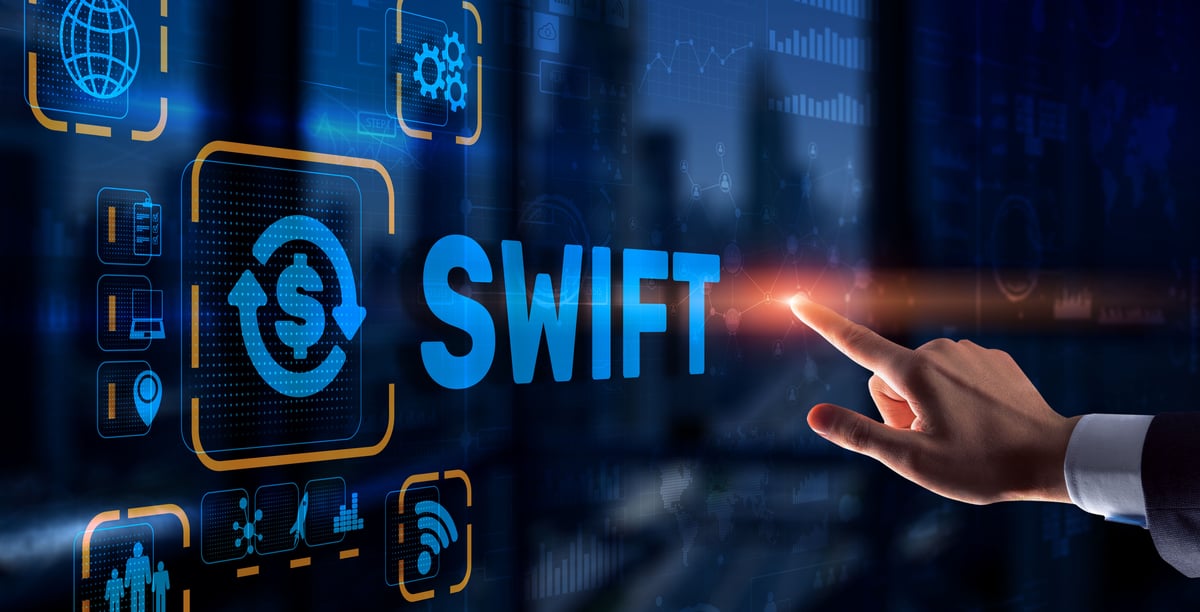TLDR
- Joe Lubin confirmed that SWIFT will build its new blockchain payments system on Ethereum’s Layer-2 solution, Linea.
- SWIFT aims to create a 24/7 real-time crypto payments system to improve speed and reduce costs in global finance.
- Several major financial institutions, including Bank of America, Citi, and JPMorgan Chase, will participate in testing the new system.
- Linea’s zk-EVM rollup technology enables faster transaction processing with lower fees compared to Ethereum.
- SWIFT’s move to blockchain is seen as a significant step in bridging DeFi and TradFi ecosystems.
Joe Lubin, CEO of ConsenSys, confirmed that SWIFT, the global financial messaging network, will build its blockchain-based payment system on Linea, an Ethereum layer 2 solution. During a fireside chat at Token2049 in Singapore, Lubin confirmed that Linea would power the infrastructure for SWIFT’s upcoming 24/7 crypto payment settlement platform. SWIFT had announced the initiative earlier but did not initially reveal which blockchain it would use.
Linea Chosen for SWIFT’s Blockchain Payment System
SWIFT’s decision to use Linea was made in collaboration with over 30 traditional financial institutions. Linea, developed by ConsenSys, utilizes zk-EVM rollup technology, offering scalable and cost-efficient solutions for blockchain-based payments. Lubin emphasized that SWIFT’s move to blockchain payment systems would help bridge the gap between decentralized finance (DeFi) and traditional finance (TradFi).
Lubin also discussed how SWIFT’s entry into the blockchain space is expected to reshape the global payments system. The network already handles around $150 trillion in annual payments through traditional channels. With blockchain, SWIFT aims to reduce errors, delays, and costs while providing near-instant settlement without the need for intermediaries.
Joe Lubin Highlights Linea’s Blockchain Potential
The choice of Linea was significant, as it is currently one of the top Ethereum Layer 2 solutions, with a total value locked of $2.27 billion. Linea’s technology allows it to process transactions at one-fifteenth of the cost of Ethereum’s base layer while maintaining security. This makes it an ideal candidate for large-scale financial operations, such as SWIFT’s payment system.
Lubin sees Linea’s potential beyond payments, highlighting its capacity to support decentralized applications and user-generated content. “We will have user-generated civilization and user-generated content on Linea,” Lubin said. He added that Linea’s use of Ethereum’s trustless settlement layer allows for decentralized community infrastructure, challenging traditional top-down systems in banking and governance.
SWIFT’s collaboration with ConsenSys and Linea also aligns with the broader trend of banks exploring blockchain for payment systems. The network will compete with other blockchain-based platforms, such as Ripple’s XRP Ledger, which focuses on cross-border payments for financial institutions. By utilizing Linea, SWIFT aims to enhance the efficiency of real-time global payments, offering significant benefits to the traditional finance sector.





